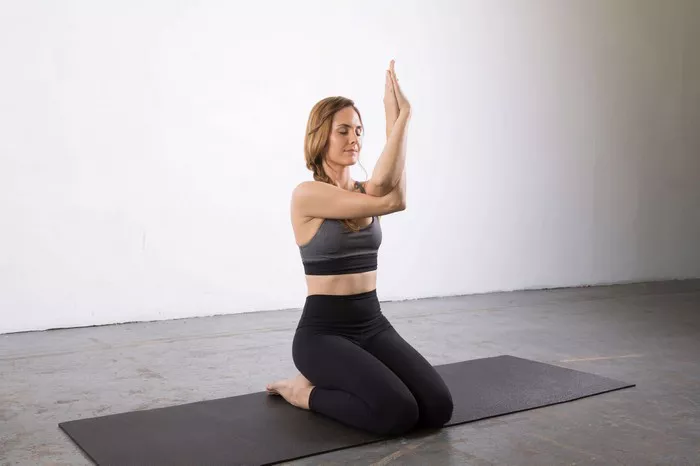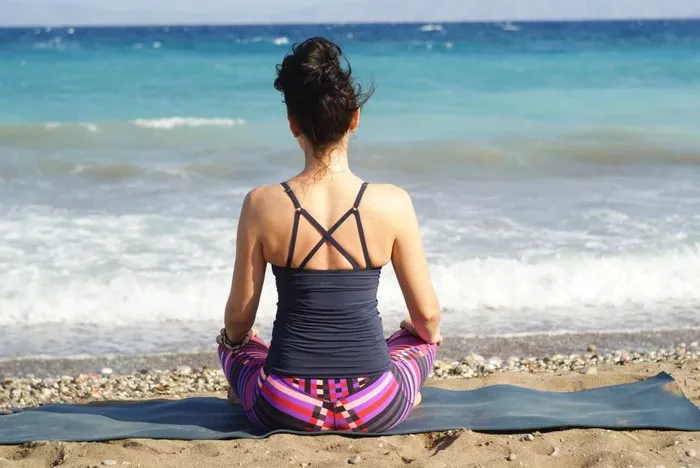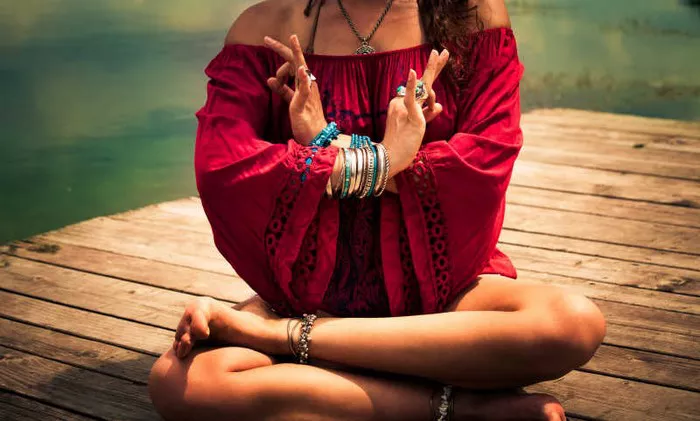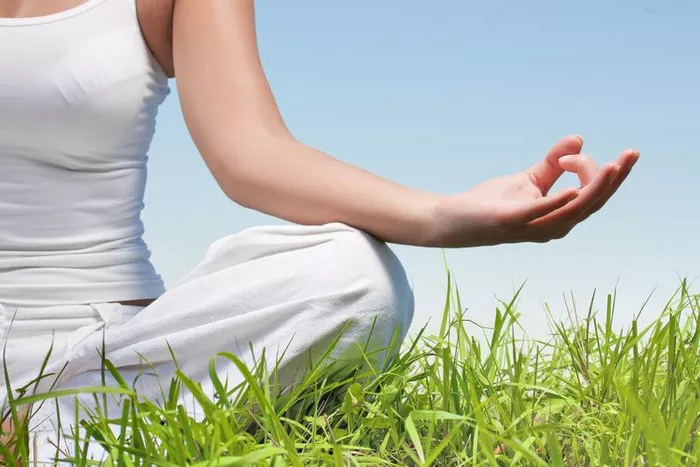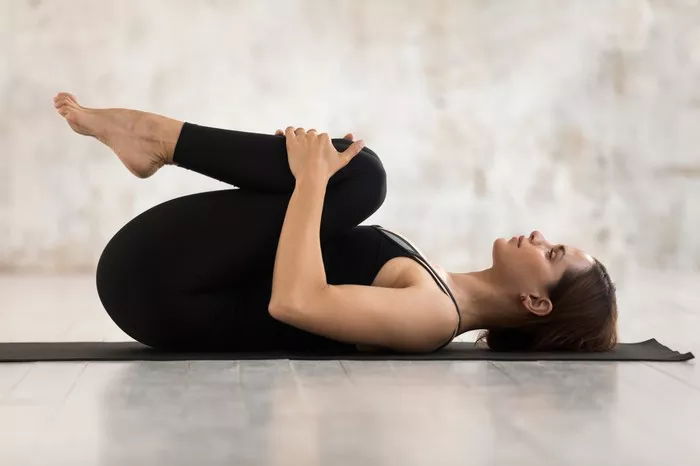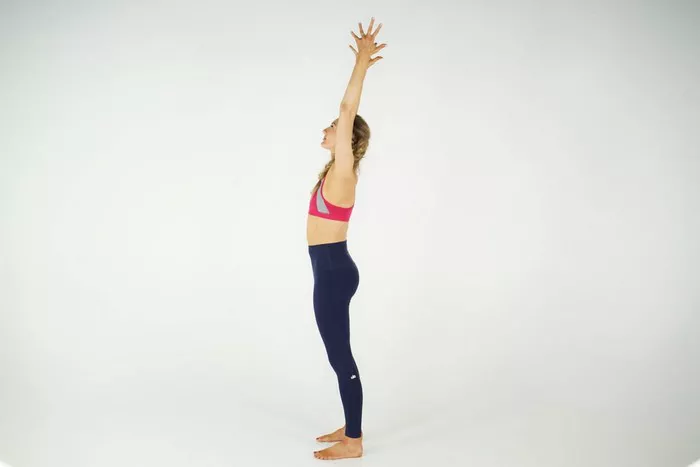Iyengar yoga, founded by B.K.S. Iyengar, is a branch of hatha yoga that emphasizes precision, alignment, and the use of props to help students achieve perfect alignment and postural awareness. It is a system of yoga known for its therapeutic applications and structured sequences. One of the most common questions posed by both beginners and experienced practitioners is: “How many Iyengar poses are there?”
In this article, we will explore the depth and breadth of the Iyengar yoga practice, how its poses are categorized, and why the number of poses isn’t as important as the principles that govern their practice. Understanding this will help deepen your practice and appreciation for this transformative style of yoga.
Understanding Iyengar Yoga
Before diving into the specifics of the poses, it’s important to understand the philosophy behind Iyengar yoga. Developed by B.K.S. Iyengar, this style of yoga places significant emphasis on precision of alignment in every posture. Each pose is held for a longer period of time compared to other styles of yoga, which allows practitioners to refine their posture and develop strength, flexibility, and stability.
Unlike some other yoga styles that may focus on flow or transitions between poses, Iyengar yoga takes a more static approach. It’s about getting every detail right—every angle, every line, every movement.
The Structure of Iyengar Yoga Poses
In Iyengar yoga, there are many different types of poses that are used to address different physical, emotional, and spiritual needs. These poses are divided into various categories, each serving a unique purpose in creating a well-rounded yoga practice. While there isn’t a specific number of poses, we can break them down into categories and focus on the key ones that define this style of yoga.
Here are some of the key categories of poses in Iyengar yoga:
1. Standing Poses (Prone and Upright Postures)
Standing poses form the foundation of Iyengar yoga practice. These poses help to build strength, flexibility, and balance in the body, particularly in the legs, pelvis, and spine. Some common standing poses in Iyengar yoga include:
- Tadasana (Mountain Pose): The starting point of almost all sequences, Tadasana helps cultivate awareness of alignment, posture, and breathing.
- Virabhadrasana I (Warrior I Pose): A foundational pose that helps develop leg strength, hip flexibility, and torso stability.
- Virabhadrasana II (Warrior II Pose): Strengthens the legs and opens the chest while improving concentration.
- Utthita Trikonasana (Extended Triangle Pose): Stretches the legs and torso while opening the hips and shoulders.
Each of these standing poses can be modified using props like blocks, straps, and blankets to make them more accessible, especially for beginners or those with limitations.
2. Seated Poses
Seated poses are fundamental for building flexibility and stability in the hips, pelvis, and spine. These poses also help improve concentration and meditative awareness. In Iyengar yoga, seated poses are often performed with the assistance of props to ensure that the body is properly aligned and supported.
Common seated poses include:
- Dandasana (Staff Pose): A simple yet powerful seated pose that works to improve posture and stretches the back.
- Paschimottanasana (Seated Forward Bend): A pose that stretches the hamstrings, spine, and shoulders while calming the nervous system.
- Janu Sirsasana (Head-to-Knee Pose): A seated forward bend that targets the hamstrings and promotes deep inner focus.
The use of props in seated poses is particularly beneficial, as it helps students maintain a proper alignment in the spine and pelvis, which is crucial for these postures.
3. Backbends
Backbends in Iyengar yoga are designed to open the chest, strengthen the back, and improve spinal flexibility. They are also known for their ability to boost energy and increase vitality. Iyengar’s meticulous approach to backbends ensures that these poses are practiced with integrity and care.
Some common backbends in Iyengar yoga are:
- Setu Bandhasana (Bridge Pose): This is a gentle backbend that activates the legs and hips while opening the chest.
- Urdhva Dhanurasana (Wheel Pose): A deeper backbend that requires strength and flexibility in the entire body, particularly the shoulders and spine.
- Bhujangasana (Cobra Pose): A backbend that focuses on opening the chest and strengthening the lower back.
In Iyengar yoga, backbends are often practiced with a wall or block support to ensure proper alignment and to avoid strain.
4. Inversions
Inversions, as the name suggests, involve postures where the heart is elevated above the head. These poses are known for their numerous health benefits, including improving circulation, calming the nervous system, and strengthening the upper body and core.
Some of the most common inversions in Iyengar yoga include:
- Adho Mukha Svanasana (Downward-Facing Dog Pose): Though not a full inversion, this pose is often considered the starting point for deeper inversions.
- Salamba Sirsasana (Supported Headstand): One of the most well-known inversions, the headstand is a challenging pose that strengthens the shoulders, arms, and core.
- Sarvangasana (Shoulderstand): This inversion is often referred to as the “queen” of all asanas, as it offers deep benefits for the entire body, improving circulation and stimulating the thyroid and parathyroid glands.
In Iyengar yoga, inversions are approached with great caution and precision. Props like blocks, blankets, and walls are frequently used to ensure a safe and effective practice.
5. Twists
Twisting poses help promote spinal health, improve digestion, and increase flexibility in the back and torso. They are also great for releasing tension in the body and mind.
Examples of twisting poses include:
- Ardha Matsyendrasana (Half Lord of the Fishes Pose): A seated twist that helps to detoxify the body, relieve tension, and improve spinal mobility.
- Bharadvajasana I (Bharadvaja’s Twist): A gentle seated twist that opens the chest and shoulders while improving posture and breathing.
Twisting poses are also often supported by props like blankets or chairs to facilitate deeper, safer, and more effective twists.
6. Restorative Poses
Restorative yoga in the Iyengar tradition is designed to bring the body into deep relaxation. These poses use props such as blankets, bolsters, and blocks to support the body in restful, meditative postures. The goal of restorative poses is to induce deep relaxation and healing, offering the mind and body a chance to rest and recover.
Common restorative poses include:
- Supta Baddha Konasana (Reclining Bound Angle Pose): A restorative pose that opens the hips and chest while promoting relaxation and healing.
- Viparita Karani (Legs-Up-the-Wall Pose): A simple but effective pose that relieves tension in the legs and lower back while calming the nervous system.
Restorative poses in Iyengar yoga are often held for extended periods, giving practitioners ample time to release deep-seated tension and stress.
The Role of Props in Iyengar Yoga
A key characteristic of Iyengar yoga is the use of props. Props such as blocks, straps, blankets, bolsters, and walls play a crucial role in ensuring that students can perform poses safely and with proper alignment. These props enable students to adjust and modify poses, making them accessible to practitioners of all levels, including beginners and those with physical limitations.
For example, a student may use a block under their hand in a standing pose if they are unable to reach the floor. Similarly, a strap may be used to assist in deepening stretches without straining the muscles.
The use of props helps practitioners to hold poses for longer periods, allowing them to develop greater awareness and precision in their practice.
How Many Poses Are There in Iyengar Yoga?
There is no fixed number of poses in Iyengar yoga. The practice is vast and can include hundreds of variations, adjustments, and sequences that are used to address different physical conditions, abilities, and goals. The focus is not on the number of poses, but on the quality of each posture and the awareness brought to it. In essence, the number of poses in Iyengar yoga is fluid and adaptable.
What’s more important than the number of poses is how these postures are practiced. The emphasis in Iyengar yoga is on precision, alignment, and duration, not on quickly moving through a series of poses. Even the most basic poses can be held for several minutes to allow for deep engagement and transformation in the body.
Conclusion
While there is no definitive count of Iyengar poses, the practice itself is built on a diverse range of postures that cater to various aspects of physical and mental well-being. By categorizing the poses into standing poses, seated poses, backbends, inversions, twists, and restorative postures, Iyengar yoga provides a comprehensive system for building strength, flexibility, and mindfulness.
Whether you’re a beginner or a seasoned practitioner, the beauty of Iyengar yoga lies in its adaptability, allowing you to refine each pose over time and gain deeper insights into your own body. The number of poses may not be important, but the intention, alignment, and precision you bring to each one will lead to profound growth in both your body and mind.
Related Topics:

